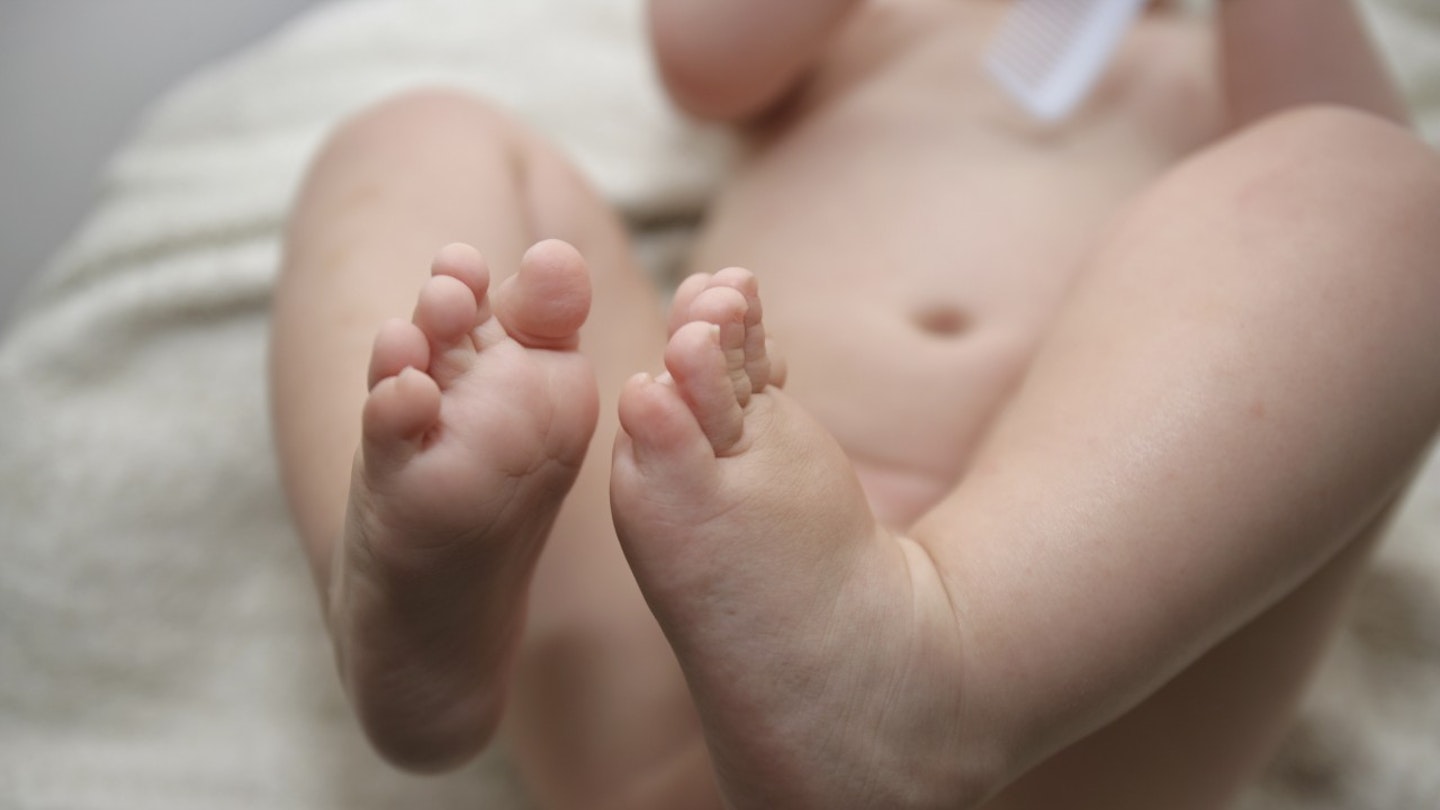This red, flaky skin condition can occasionally flare up in babies and toddlers. The good news is there are treatments that will help.
What is it?
If your baby’s got raised red patches of flaky skin across the torso and limbs, chances are she’s got psoriasis. This condition may look like an allergy but is actually the skin’s natural replenishment process going into overdrive.
‘In someone without psoriasis, it takes around 28 days for the skin cells to mature from deep in the epidermis to the surface, before being shed,’ says Dr Susan Mayou, consultant dermatologist from the British Skin Foundation. ‘However, in a psoriasis sufferer, the skin renews itself much faster, in as little as three to five days. This causes skin cells to build up on top of each other and create flakes.’
Psoriasis is quite rare in babies and toddlers. Around 10% of people with psoriasis will be diagnosed before the age of 10 while just 2% will develop it before the age of two. ‘It’s a genetic condition, so if someone else in your family has it, your baby might also get it now or in the future,’ says Susan.
There are two types of psoriasis most likely to affect young children – plaque and guttate. Psoriasis ‘plaques’ are formed by the build-up of skin cells. They’ve very clear, red marks, which are slightly raised. The skin around these plaques will look normal.
Guttate psoriasis causes lots of small, red spots or ‘drops’ (from the Latin, gutta, meaning drops). They appear across the chest, stomach, back, arms and legs. It’s triggered by a throat infection and comes on between one and three weeks later.
What are the symptoms?
The main signs are red, raised patches of skin with a silvery scale on top. It can appear on elbows, knees, across the torso as well as in the the armpit and groin area. The redness is caused by inflammation and increased blood flow to the area.
‘Psoriasis can be itchy, but tends not to produce quite so much discomfort as eczema, a much more common skin condition in childhood,’ says Susan. ‘Psoriasis is sometimes triggered by physical trauma to the skin, such as a cut or scrape on the knee or a scar from an operation, known as the Koebner phenomenon,’ says Susan
This condition may look like an allergy but is actually the skin’s natural replenishment process going into overdrive
What can you do?
The first thing to try is a medicated cream. ‘Coal tar-based creams help to reduce the rate of cell turnover and Calcipotriol, a vitamin D cream can also help,’ says Susan. Your GP may prescribe steroid creams to reduce inflammation.
Children over the age of 10 can be treated with UV light but babies and toddlers are too young for this. ‘Letting your toddler run around in 20 minutes of summer sunshine can help, but remember to get the balance right between treating the psoriasis and causing sunburn.’
Call your GP if...
You spot any skin problems – the sooner you get it treated, the less discomfort it will cause. ‘If your baby has a flare-up and his regular treatment isn’t working, see your GP or ask for a referral to a paediatric dermatologist to review your topical medication,’ says Susan.
